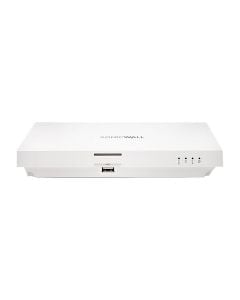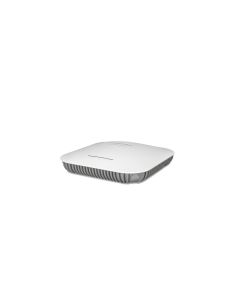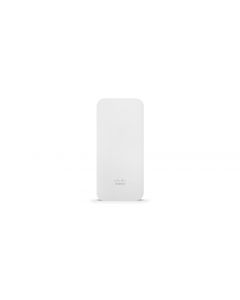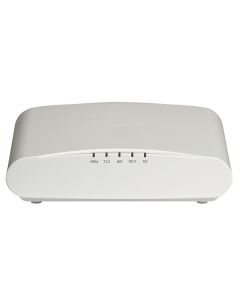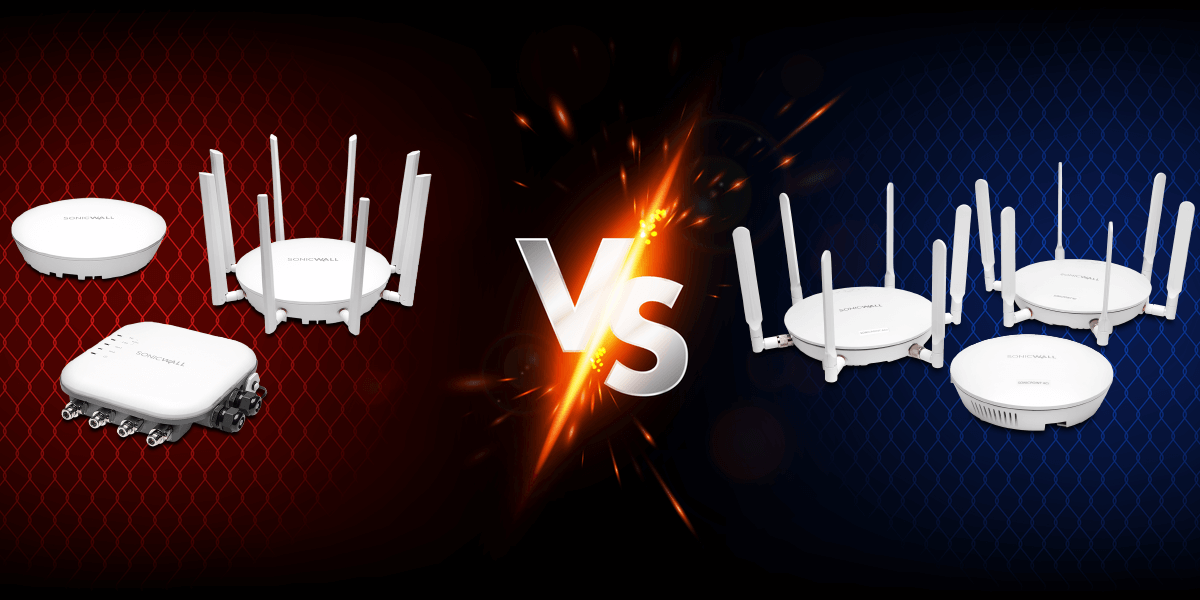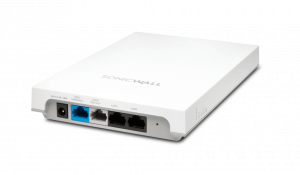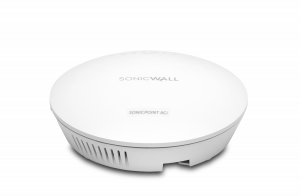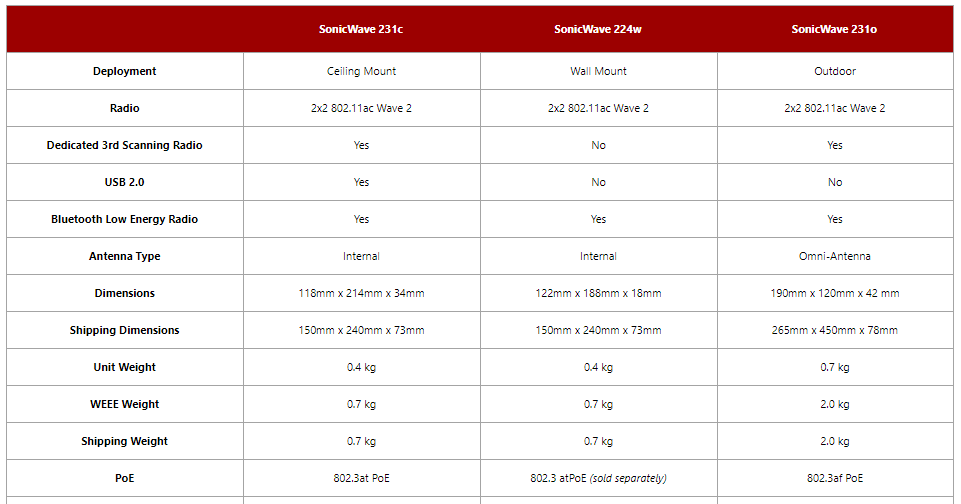Setting up wifi is a business imperative in 2020, and that means finding the best wireless access points is, too. The days of wireless networking being an option are long gone. But how do you go from knowing you need wifi to making it happen? What are the best options for getting your unique needs addressed and your network up and running? Why are we asking so many questions? Read on for the answers, and for the best wireless access points of 2020…
What does a wireless access point do?
A wireless access point in essence creates your wireless network. With it, you’re connecting to a hard-wired router, network switch, or other hub. In many business settings, that means not only offering access to the internet, but also to your workplace network, including its applications, files, etcetera. With the right wireless access point, you get built-in security and the ability to add separate guest wifi.
Which is better, wifi extender or access point?
A wireless access point is better than a wifi extender when it comes to performance and configuration capabilities. While extenders are normally less expensive, you get what you pay for. An extender replicates an existing network transmitted from a router, and extends its reach. However, the quality of the connection degrades. A wireless access point creates its own network, ensuring top notch performance for those in range. And you can manage and configure access points to your needs.
How do I choose a wireless access point?
Choosing a wireless access point comes down to which factors are most important to you. Access points come with a variety of radio and bandwidth options that affect performance. So it’s important to consider how many users will need access simultaneously and your connection speed.
Also, consider your space – as in walls that could hamper signal strength, wiring to power the devices (PoE options are available), and how you’ll mount the devices (wall, ceiling, indoor/outdoor). While some deployment scenarios only require one access point, many often need multiple APs to ensure quality connectivity.
Security and management are additional factors. Each manufacturer offers its own management platform to gain visibility into your network and configure it to your needs. And built-in security options vary. Let’s dive into the best wireless access points of 2020.
The Best Wireless Access Points of 2020
SonicWall SonicWave 231c
Key Specs
- Performance: 2×2:2 MU-MIMO
- Wireless Standard: 802.11a/b/g/n/ac Wave 2
- PoE: None
- Deployment: Indoor (Ceiling)
What makes SonicWall SonicWave 231c one of the best wireless access points of 2020?
SonicWaves are the latest and greatest wireless access points from SonicWall. They offer Wave 2 wifi performance, allowing for more users with less lag. On top of that, the SonicWave 231c and its siblings integrates with the robust security of SonicWall NGFWs. That security extends to the AP itself, too, with a dedicated third radio focused on security. Plus, even if you don’t have a SonicWall firewall, it comes equipped with advanced security services like the Capture ATP sandbox on its own. In addition, you can manage the SonicWave through your SonicWall firewall, or with SonicWall’s WiFi Cloud Manager – an intuitive, cloud-based WiFi network management system ideal for networks of any size.
WatchGuard AP225W
Key Specs
- Performance: 2×2:2 MU-MIMO
- Wireless Standard: 802.11ac Wave 2
- PoE: 802.3at PoE+
- Deployment: Indoor (Wall/Ceiling)
What makes WatchGuard AP225W one of the best wireless access points of 2020?
The AP225W also features Wave 2 wireless. Plus, it combines that performance with the security of one of the Wireless Intrusion Prevention Systems (WIPS) out there. The WIPS detects and IDs access points and client devices to intelligently prevent six known categories of Wi-Fi threats. The best part? It does this without noticeably impacting performance. And another best part? security scanning and enforcement continues even if your connection is interrupted. On top of that, you get access to WatchGuard’s Wi-Fi Cloud management. This provides visibility, troubleshooting, and configuration capabilities in one place. Plus, it makes setup a snap. You can get your AP225W up and running in less than two minutes after connecting to the cloud. And as for deployment, its PoE+ capabilities make it simple to connect and turn on with one cord – whether you choose a wall or ceiling.
Fortinet FortiAP 431F
Key Specs
- Performance: 4×4:4 MU-MIMO
- Wireless Standard: 802.11ax Wi-Fi 6
- PoE: PoE 802.3at
- Deployment: Indoor (Wall/Ceiling)
What makes Fortinet FortiAP 431F one of the best wireless access points of 2020?
The FortiAP 431F, along with its siblings in the newly created F-series (the 433F and 231F) are the newest access points on this list. That newness also means the latest in wireless performance, with 802.11ax – better known as WiFi 6. WiFi 6 access points are faster and have more capacity than previous generations. And with the FortiAP 431F, you’re getting a top of the line device. It features four radios, five internal antennas (or antennae), and 24/7 scanning across both wireless bands while still providing access on both the 2.4 and 5 GHz bands. You also have the flexibility of Power over Ethernet and wall or ceiling deployment options. Fortinet keeps security top of mind as well, with built-in wireless security, integration into the Fortinet Security Fabric, and management either through your FortiGate firewall or the FortiAP Cloud provisioning and management portal.
Cisco Meraki MR70
Key Specs
- Performance: 2×2:2 MU MIMO
- Wireless Standard: 802.11a/b/g/n/ac Wave 2
- PoE: PoE 802.3af
- Deployment: Outdoor
What makes Cisco Meraki MR70 one of the best wireless access points of 2020?
We couldn’t make a top wireless access points list without including an outdoor option. And Cisco Meraki’s MR70 does just that, providing enterprise-grade security and simple management
in a ruggedized, IP67-rated form factor which protects it from the elements. Just as with our other best-ofs, Meraki doesn’t skimp on security. The MR70 boasts Air Marshal, a built-in WIPS for threat detection and remediation. Plus, it’s managed through the Meraki cloud, which monitors your AP around the clock and ensures you always get the latest firmware updates as soon as they’re out – protecting you from any emerging issues. It also makes setup a snap, with self-configuring, rapid plug-and-play deployment. The physical device has internal antennas, PoE, and plenty of Wave 2 connectivity juice, too.
Ruckus Unleashed R610
Key Specs
- Performance: 3×3:3 MU MIMO
- Wireless Standard: 802.11a/b/g/n/ac Wave 2
- PoE: PoE 802.3af/at
- Deployment: Indoor (Wall/Ceiling/Desk)
What makes Ruckus Unleashed R610 one of the best wireless access points of 2020?
For our final entry on this list, we’re going controller-less. Ruckus Unleashed wireless access points don’t require separate controllers and access point licenses to run your wifi, significantly
reducing upfront costs. As a matter of fact, the R610 can handle up to 25 access points with no controller necessary. The R610 also integrates BeamFlex+, which continually forms and directs each wifi packet over the best performing signal path. And it adapts in real time to anticipate hand-held device movement and rotation – because mobile devices are just that, mobile – ensuring consistent performance. This technology also boosts coverage, meaning you’ll need fewer APs to cover the same area. The R610 features multiple power over ethernet options, a wide range of mounting possibilities, and simple deployment.
Looking for the best wireless access points for your small business?
Give us a call at 866-957-2975 to find the perfect fit!
Shopping for email security, endpoint, or ransomware protection? Check these out, too:
- Top 4 Email Security Solutions of 2020
- 3 Best Ransomware Protection Solutions 2020
- Best Endpoint Security of 2020






